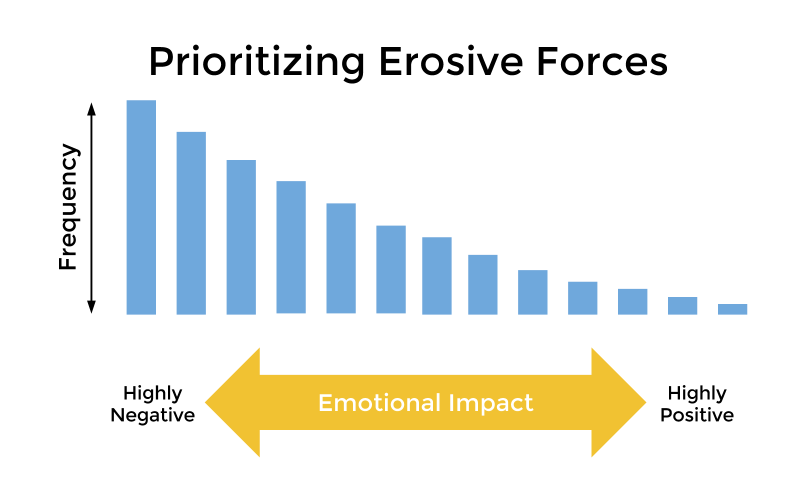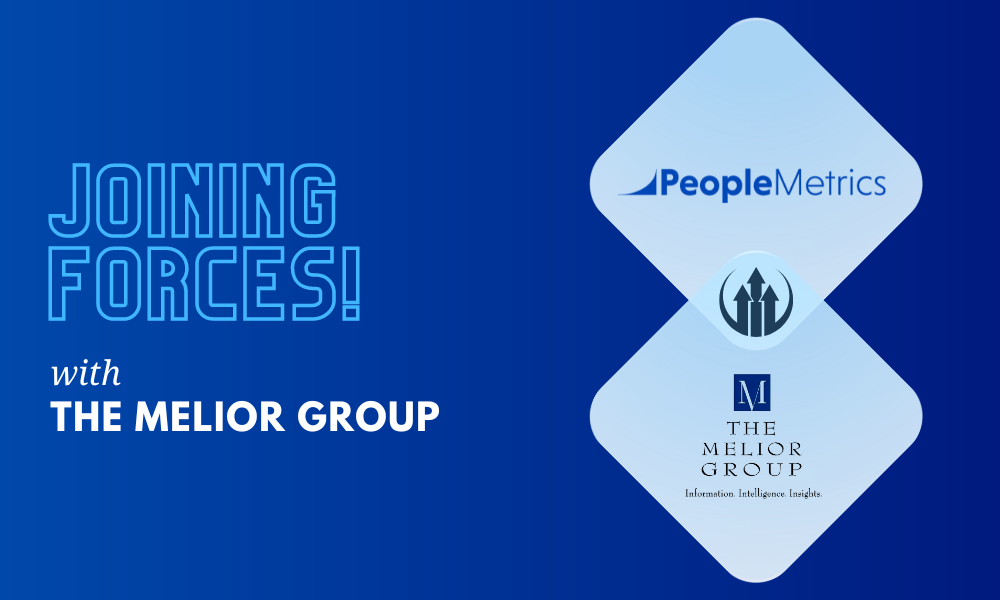In a world beholden to entropy, crafting a smooth, effortless customer experience is easier said than done. Seamless experiences are gaining momentum in customer experience strategy, with some research even suggesting they can accelerate levels of brand commitment.
Even if you have an idea of the issues, how do you utilize your customer feedback to identify areas of friction and prioritize where to take action?
Bringing the Customer Perspective to your Customer Experience Strategy
The first step in identifying the areas of resistance is to think about the emotional experience from the customer perspective. For example, your day-to-day interaction with your bank is largely transactional in nature: you check your account balance, pay a bill, or deposit a belated birthday check from your still-generous Great Uncle Earl.
But the minute you can’t access the online portal, your automatic bill pay didn’t work, or your check is deposited into a wrong account, your relationship with your bank becomes deeply personal, and quite possibly, deeply negative.

Brand-Loyal David, Meet Erosion
Imagine each of those negative experiences as the erosive forces of entropy chipping away at a meticulously crafted marble statue of David. Not David, Michelangelo’s representation of the biblical hero, but David, the manifestation of all the best things about your organization, people, and services. (All of the things that shaped him into a committed, fully-clothed, loyal customer.)
Despite its strength, marble is not indestructible. Even marble can be broken down by earth, wind, and fire. We can look to lessons in geology for establishing three key rules for identifying and prioritizing erosive forces impacting your customer experience today.
Three Rules for Identifying Erosive Elements
1. Not all erosive forces are equal in their destructive properties – or emotional impacts.
-
The destructive elements of nature can vary in their erosive power, similar to the way different problems might elicit a spectrum of emotional reactions. Let’s face it; some problems are just bigger than others. In the banking example, think about how differently you might react to a slow online banking session versus a denial for a loan.
-
From an organizational point of view, there might be far more customers affected by your slow online platform than those being denied a loan. However, the emotional impact for customers being denied a loan will be dramatically more severe.
-
To make the greatest impact, prioritize taking action on frequently occurring issues that are most negatively impactful to your customers.

2. Not all erosive forces are working in isolation; issues experienced in tandem have a compounding effect.
-
In an open system, having multiple erosive elements is commonplace, with each one intensifying the overall damage.
-
In the banking example, being unable to check your account balance online might be an irritant for you, until you couple that problem with the discovery that Great Uncle Earl’s money didn’t make it to your account. And suppose you discover this error after your card was declined while paying for dinner.
-
Within your organization, understand which problems are occurring alongside each other and get a sense of the composite effect.
3. When presented with an eroding David, the damage is further amplified when met with poor restoration – or problem resolution.
-
Once exposed to the elements, failure to handle sensitive situations correctly can be the impetus for your tiny fissures to turn into major divides in their customer loyalty.
-
Conversely, when a problem is handled by righting-the-wrong with care, empathy, and understanding, restoring the customer relationship is not only possible but can actually be a moment to further strengthen their trust. (At PeopleMetrics, we witnessed a bank resolve an issue so sublimely we had to tell everyone how much we loved them for it.)
-
Within your organization, start by understanding what problems are going unresolved or being met with poor resolution. Are the issues without resolution stemming from your people, processes, technology, or a combination of the three?
Putting Geology Lessons to Work
Applying the three rules for identifying erosive elements to your customer experience management solutions will equip you with the direction you need to take your strategy to the next level. With your customer-centric lens, consider the emotional impact, compounding problems, and empathetic resolution as the best strategy for ensuring you are on the right track to delivering a frictionless customer experience.
Image Credit: "David Replica @ Piazza Michelangelo" by Tammy Lo licensed by CC BY 2.0





